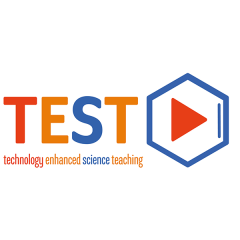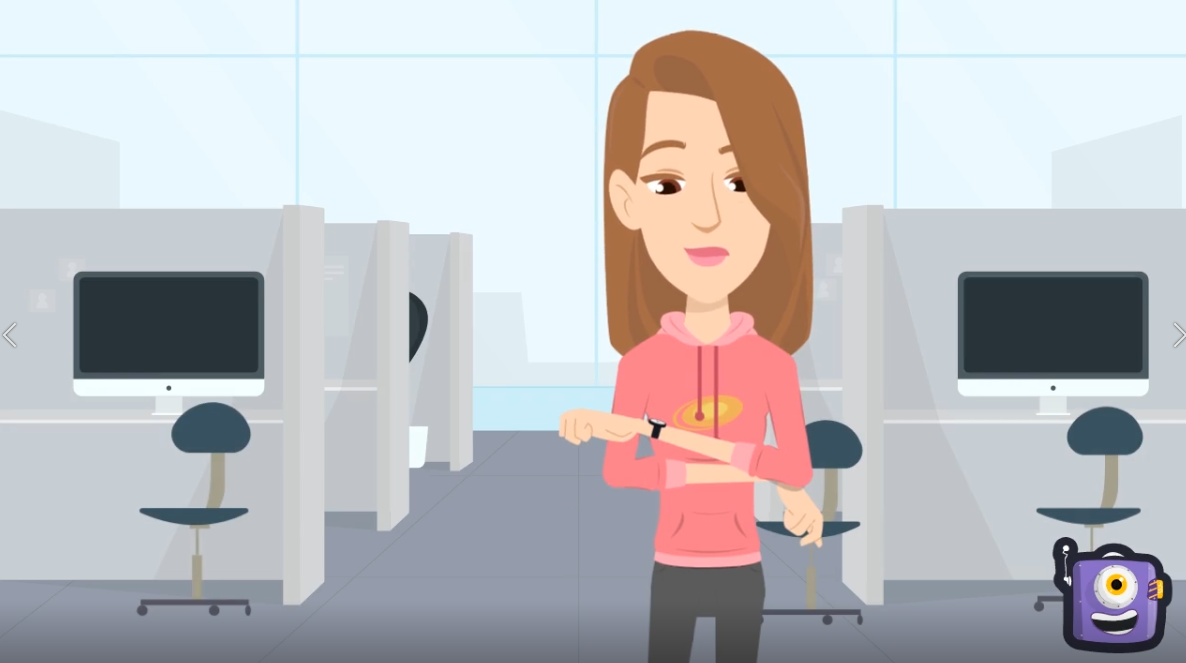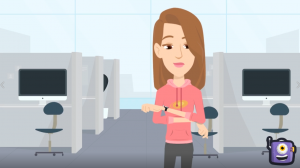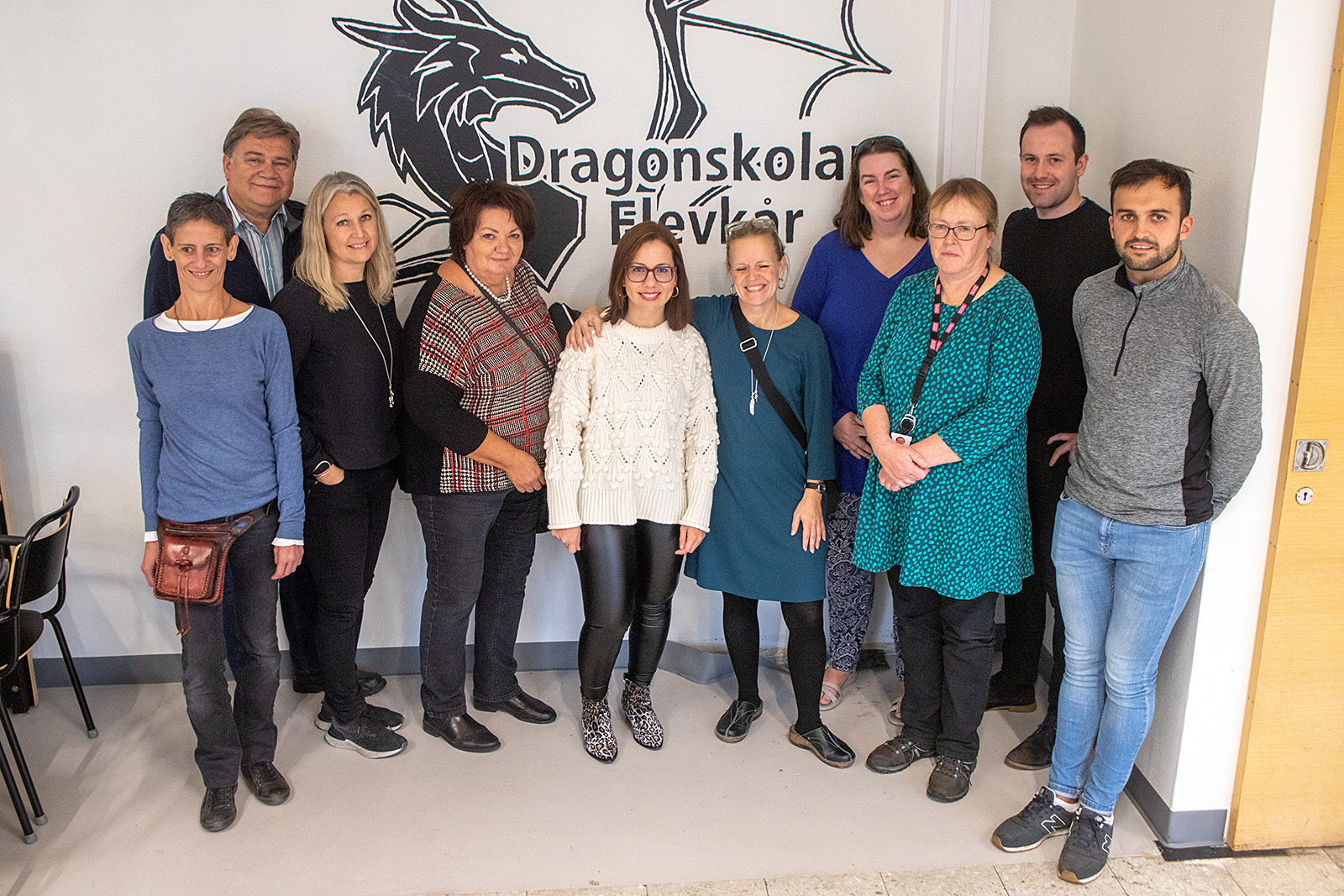Multimedia-based content is estimated as extremely successful for the learning process. From this claim, the question arises: is multimedia a simple key to learning success?
First of all, we want to summarize the benefits of multimedia in learning:
- It can care for deeper understanding.
Multimedia can build the bridge between verbal and visual representations of content, which can lead to deeper understanding. - It can improve problem solving
Using images, text, animations and simulations, combined with a sympatric human voice, stimulate the brain, this can increase the learner’s attention and retention. In certain circumstances, this may enable to identify problems and to solve them by the learners in a more efficient and more attracting way than using textbooks. - Increase positive motivation
In a positive mood or environment learning happens more effectively. Positive emotions enable a more targeted learning process. - Multimedia extends learning opportunities
Multimedia is closely connected to technology. With computers, tablets, or even with smartphones (we call all these devices “Multiple Devices”) students are better equipped than any generation before and can find the information they need in multiple ways.
This are some (but not all) advantages of the use of multimedia-based content in the learning process. Although what has been said so far sounds promising, it is only one facet in the learning process. Appropriately prepared learning concepts and optimal learning strategies are just as important today.
In addition to the multimedia learning materials, this project uses a special approach to the topics: the so-called comparison method (ACAT analogous comparison and transfer method).
Situations of daily life that are well-known to learners and are analogous to the difficult scientific content to be learned are used. The knowledge from the known things is transferred to the new content to be learned and thus combines known knowledge with what is new to be learned.
Here is an example of the created content (a short clip from a longer multimedia-based learning unit.
[fvplayer id=”1″]




